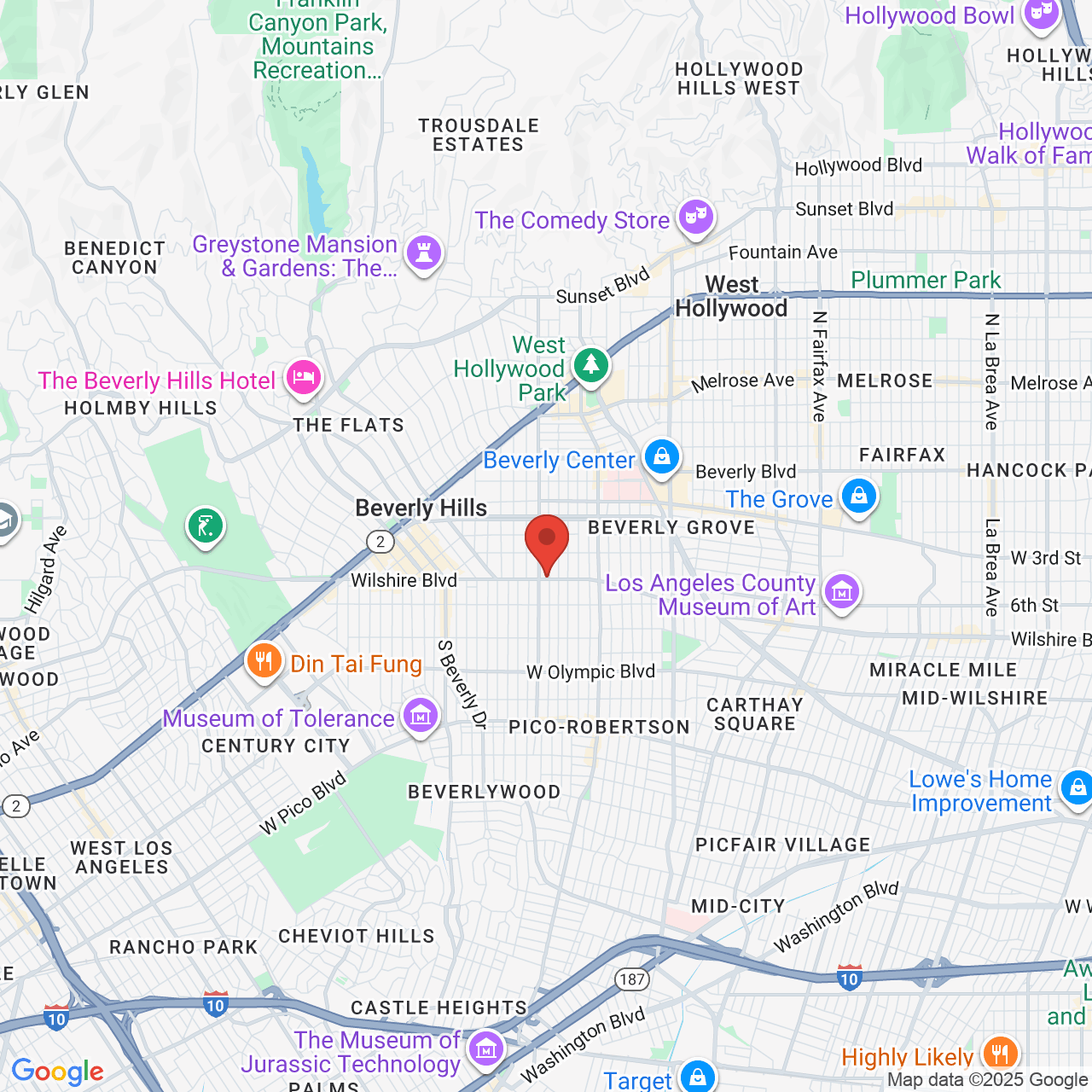Description
If your child has been born with one-sided microtia, you may not notice their hearing impairment until they get older. As they age, they will naturally develop habits to compensate for their poor hearing on one side. Microtia treatment with Dr. John Reinisch can give your child the ability to hear properly out of both ears.
View transcript
Children with one-sided microtia, initially, seem to have no issues with their hearing. They develop speech and seem to be very similar to their siblings that have no microtia. But with time, there are certain things that parents notice. The first issue is sound direction. Children with one-sided microtia do not perceive the direction of sound, like children with bilateral hearing ears. This is not noticeable as infants, but becomes noticeable around age two. If you call your child, and they don't see you, you'll notice they will look around to see where the sound is coming from, because they don't have the ability to understand direction. And this can be a safety issue over time.
The next issue, which you may perceive when they're around three years of age, is they don't hear as well in noise. They hear perfectly well at home where it's quiet. But you'll first notice as they're sitting in the back in a car seat, with the noise from the car and the wind, that they don't hear as well as they usually do. And that becomes an issue for school.
The next issue that you'll perceive, usually when they're seven or eight years of age, is when they're sitting at the dinner table. If you're talking on their microtia side, they're not deaf and they can hear something, but they don't hear well enough. The sound that's coming from you is blocked from their good ear by their head. The head is casting a sound shadow, so they tend to turn so they can hear you with their good ear. And that becomes more and more noticeable as they get older.
The final issue you don't see until they're teenagers or adults. Children, as you know, sleep on both sides and constantly are turning during the night, but as we become teenagers and adults, we tend to sleep more on one side than the other. Eighty percent of people with microtia tend to sleep on their good ear because it's like wearing an earplug, it's quieter. But the problem is that, when you're sleeping on your good ear and your microtia ear is not covered, you don't hear your alarms, you don't hear your phone ringing. And as an adult, you may not hear your children crying as easily as someone who has a canal or no microtia.


















